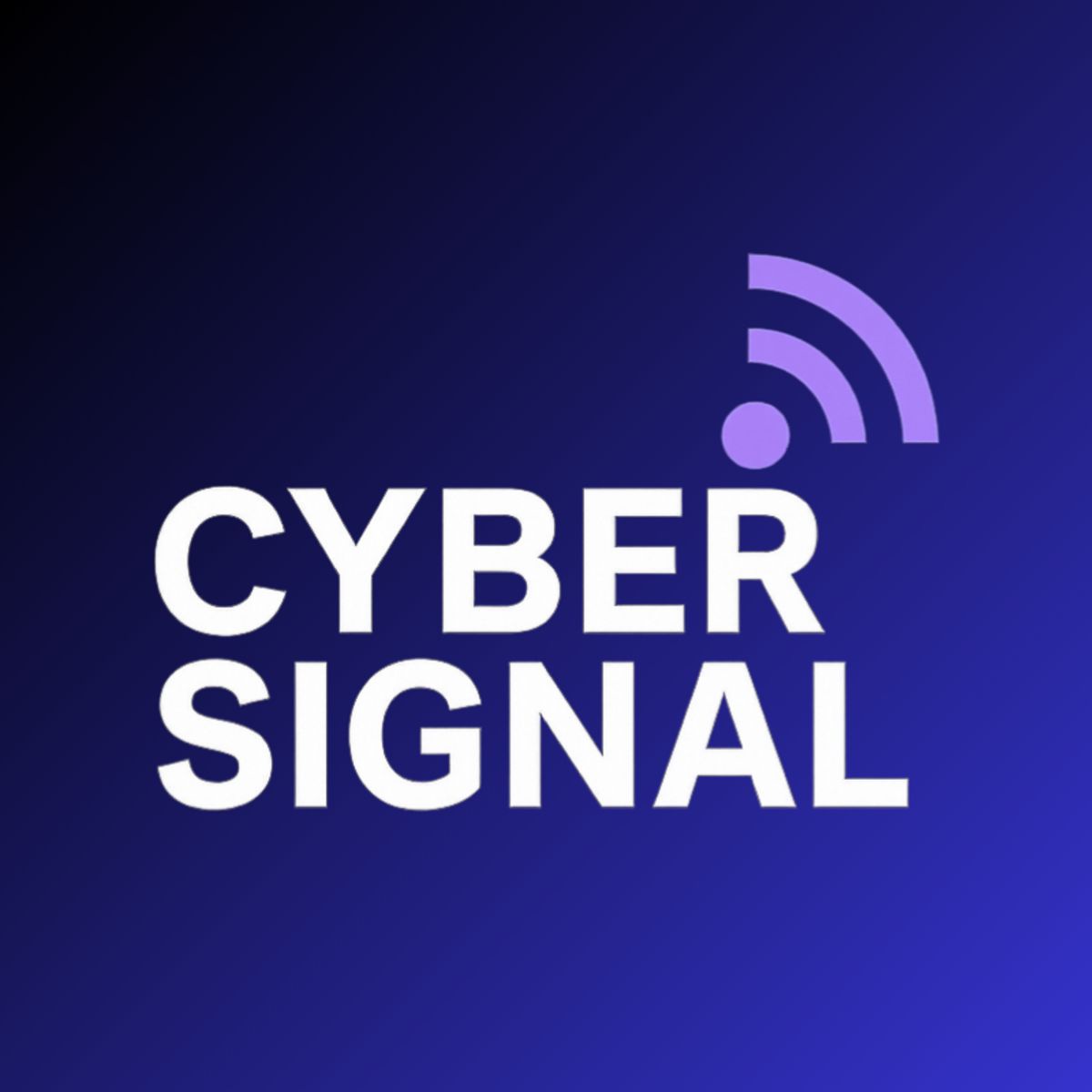Introduction
Zero-day vulnerabilities are no longer rare headline events. In 2025, Chrome alone defended against six zero-day flaws that were being exploited in the wild — the latest being CVE-2025-10585, a type confusion issue in the V8 engine. Meanwhile, Microsoft’s September Patch Tuesday addressed 84 CVEs, including two zero-days and eight critical vulnerabilities.
For CISOs, this means the traditional patch cycle isn’t enough. You need a proactive, resilient patch strategy that treats zero-day risks as first-class emergencies. This Playbook lays out how to build that strategy.

Why the Zero-Day Landscape Demands a New Approach
Researchers tracked 75 zero-day vulnerabilities exploited in the wild in 2024, nearly half targeting enterprise-grade or networking/security appliances such as VPNs and firewalls (DeepStrike).
The average time from disclosure to exploit has shrunk to just five days in many cases, outpacing monthly or even bi-weekly patch schedules (DeepStrike).
The CISA Known Exploited Vulnerabilities (KEV) catalog continues to expand, with 41% of new entries in 2025 being zero-days or 1-days (just disclosed but quickly weaponized) (Todyl).
These trends mean that without structural change, breach risk will only increase. Patching delays, configuration gaps, or inadequate visibility aren’t minor issues — they’re often the difference between containment and disaster.
Step-by-Step: Building Your Zero-Day Patch Strategy
Step | What to Do | Key Metrics / Signals |
|---|---|---|
1. Inventory + Visibility Audit | Maintain a real-time asset inventory (software, firmware, devices, cloud services). Know what you run and its patch status. Include EoL devices (Quest). | Percent of assets with known status; number of unknown/EoL devices. |
2. Define Fast-Track Patch Processes | For confirmed zero-days (active exploits) and KEV entries, trigger emergency patch workflows. Pre-approve patch windows for critical assets. | Time from advisory to patch applied; number of critical systems patched within 72h. |
3. Threat Intelligence & Prioritization | Subscribe to vendor feeds (Google TAG, Microsoft), ISACs, and the KEV catalog. Use risk scoring that weighs exploitability, exposure, and business criticality. | Percent of vulnerabilities scored by risk & exposure; number of zero-days known in environment. |
4. Automate Where Possible | Use tools for automated patch deployment, compliance dashboards, configuration management, and vendor patch management. | Patch deployment automation rate; time saved from automation. |
5. Maintain Backup & Contingency Options | Use immutable backups, rollback capabilities, and redundancy. If a patch fails, you must be able to revert. | Recovery time from rollback; number of tested backups. |
6. Incident Response Preparedness | Update and rehearse IR plans specific to zero-day exploitation. Include communication scripts, forensic readiness, and legal notification paths. | Time to response post-exploit; number of drills run annually. |
7. Continuous Monitoring & Feedback Loop | Track patch adoption metrics, monitor for exploitation attempts, and feed findings back into risk scoring. | Dwell time, percentage of patches verified, incidents stemming from delayed patching. |
Case Studies & Recent Examples
Chrome’s 6th Zero-Day in 2025 (CVE-2025-10585): Google’s emergency patch showed how browser vulnerabilities remain high-impact vectors (The Hacker News).
Microsoft’s September Patch Tuesday: Two zero-days and eight critical CVEs in one cycle — underlining the magnitude of risk when patches lag (CrowdStrike).
Common Pitfalls to Avoid
Treating zero-day patches like routine updates.
Poor asset visibility (forgotten legacy systems).
Over-testing patches until urgency is lost.
Weak rollback or backup strategies.
Under-communicating with executives or the board.
What CISOs Should Prioritize Immediately
Set up dashboard metrics showing zero-day exposure (unpatched vs total assets).
Pre-approve emergency patch workflows and windows.
Automate patch deployment for endpoints, mobile, and cloud.
Regularly test backups and rollback plans.
Have communication templates ready for executives and customers.
Conclusion
Patch Strategy 2.0 isn’t just about updating faster — it’s about embedding speed, resilience, and visibility into your security culture.
In 2025, zero-day vulnerabilities are expected. The only question is: how quickly can your team turn disclosure into defense?
📩 Want weekly insights like this?
Subscribe to The CyberSignal Weekly for the latest cybersecurity news and practical CISO guidance each week, or The CyberSignal Daily for daily insights.
❓ FAQ: Zero-Day Patch Strategy
What exactly is a zero-day vulnerability?
A zero-day is a flaw that’s discovered and exploited before a vendor patch is available. The “zero” refers to the number of days defenders have had to fix it.
How quickly should zero-day patches be applied?
For vulnerabilities under active exploitation, best practice is within 72 hours — faster if possible. Many organizations aim for <48h on internet-facing systems.
Isn’t fast-tracking patches risky for system stability?
Yes, but delaying patches is riskier. To balance this: test patches on a pilot group, maintain rollback options, and pre-approve emergency patch windows.
What if my vendor hasn’t released a patch yet?
Use compensating controls: disable vulnerable services, apply vendor mitigations, increase monitoring, and restrict exposure with firewalls.
How do I get visibility into which systems are vulnerable?
Maintain a real-time asset inventory and use vulnerability management tools integrated with your patching process.
How do regulators view delayed patching?
Under frameworks like GDPR, HIPAA, and new SEC disclosure rules, failing to patch a known exploited vulnerability can be seen as negligence.
What metrics should CISOs track?
Mean Time to Patch (MTTP), patch coverage rate, KEV exposure, and dwell time.
Can automation really help with zero-days?
Yes — MDM, cloud update policies, and automated pipelines reduce lag and human error.
How do I communicate patch urgency to executives?
Frame it in business risk terms: downtime, regulatory fines, reputational damage.
What’s the first thing I should do tomorrow?
Scan for assets exposed to KEV-listed vulnerabilities and patch them first.

